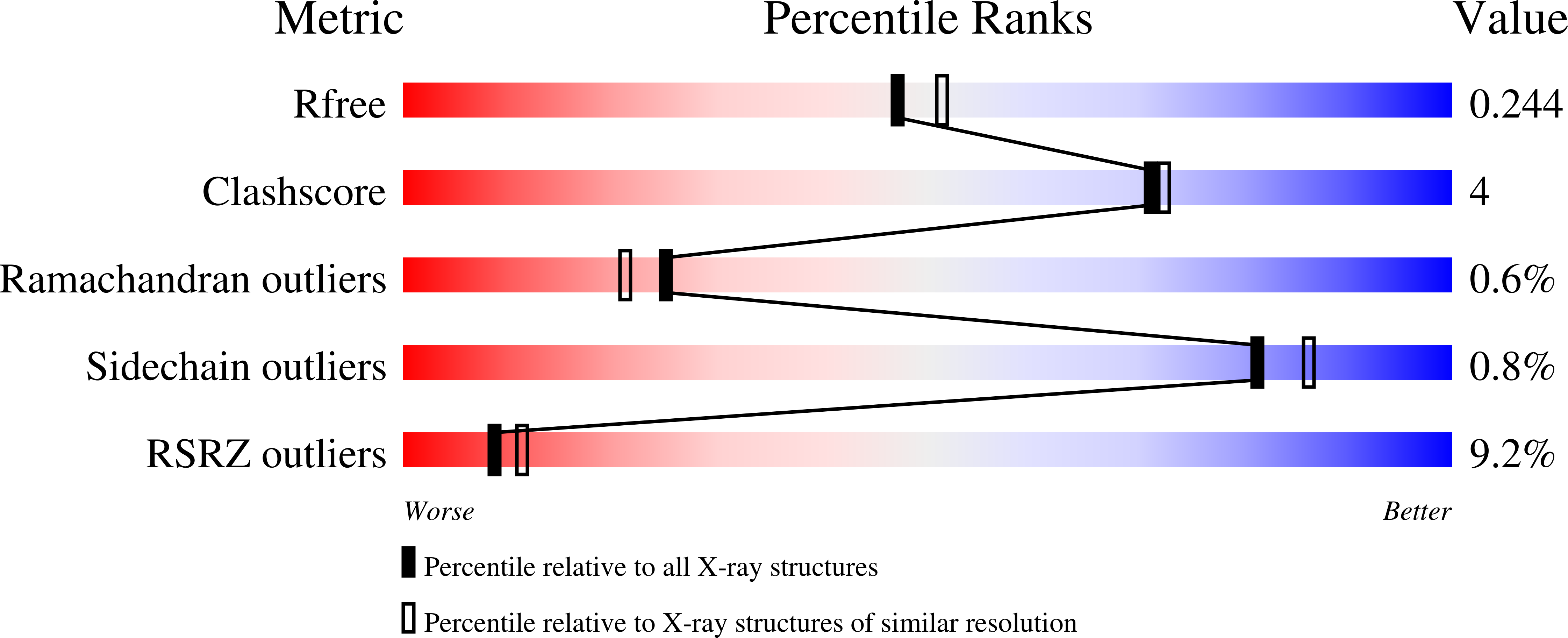
Deposition Date
2009-02-05
Release Date
2010-02-09
Last Version Date
2023-11-01
Entry Detail
PDB ID:
3G5I
Keywords:
Title:
Crystal Structure of the E.coli RihA pyrimidine nucleosidase bound to a iminoribitol-based inhibitor
Biological Source:
Source Organism:
Escherichia coli (Taxon ID: 83333)
Host Organism:
Method Details:
Experimental Method:
Resolution:
2.10 Å
R-Value Free:
0.24
R-Value Work:
0.20
R-Value Observed:
0.20
Space Group:
P 1 21 1


